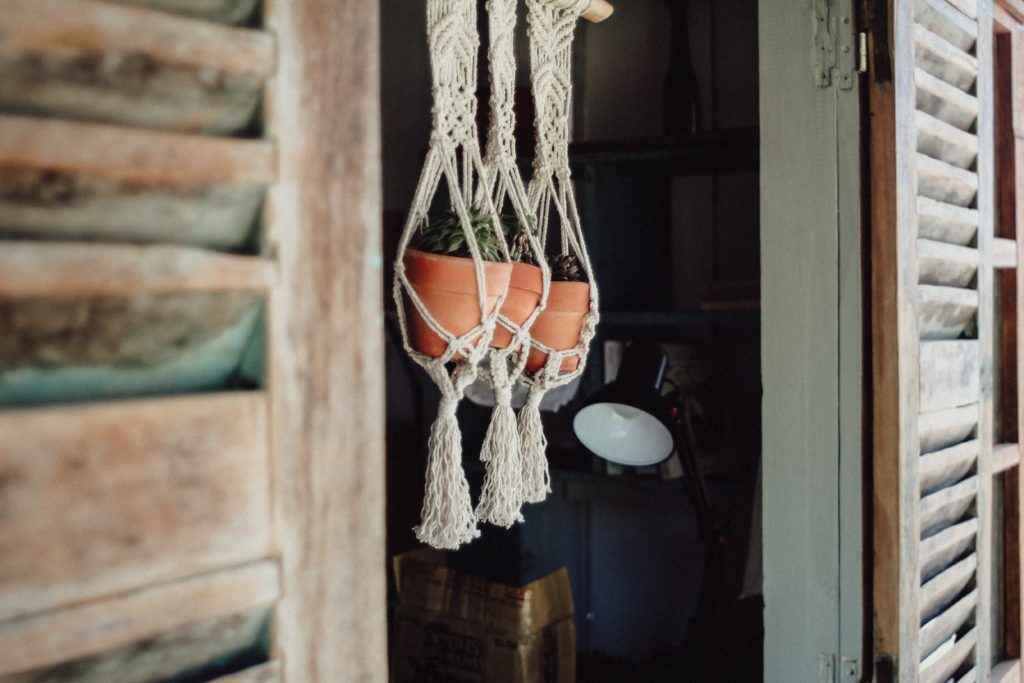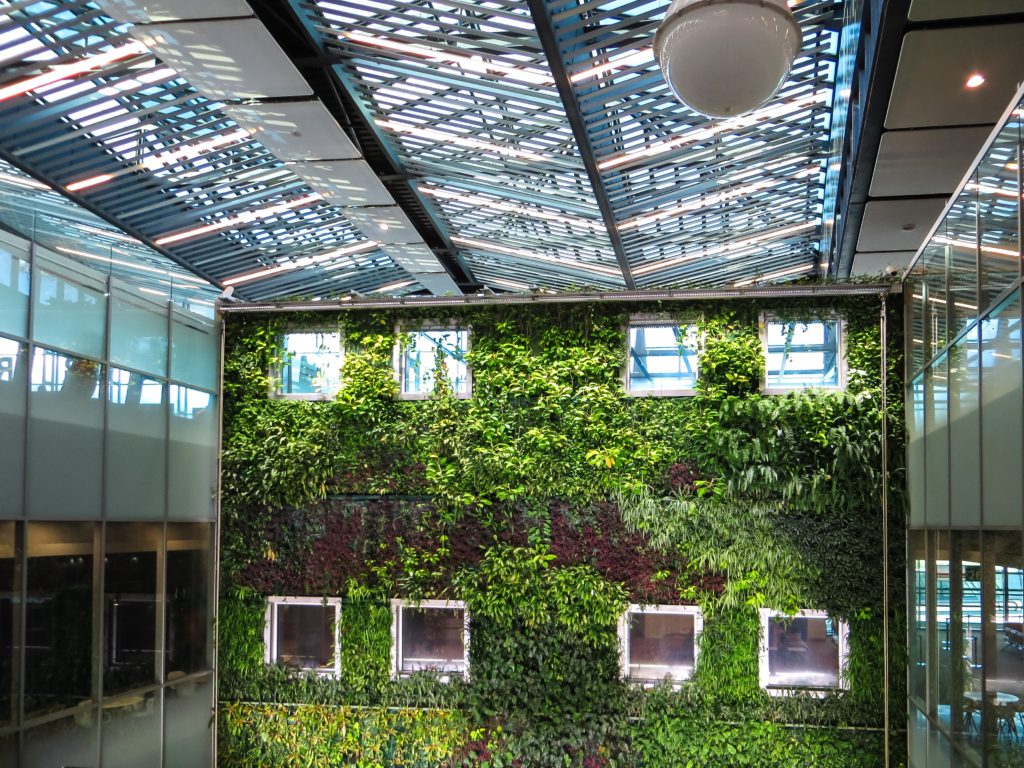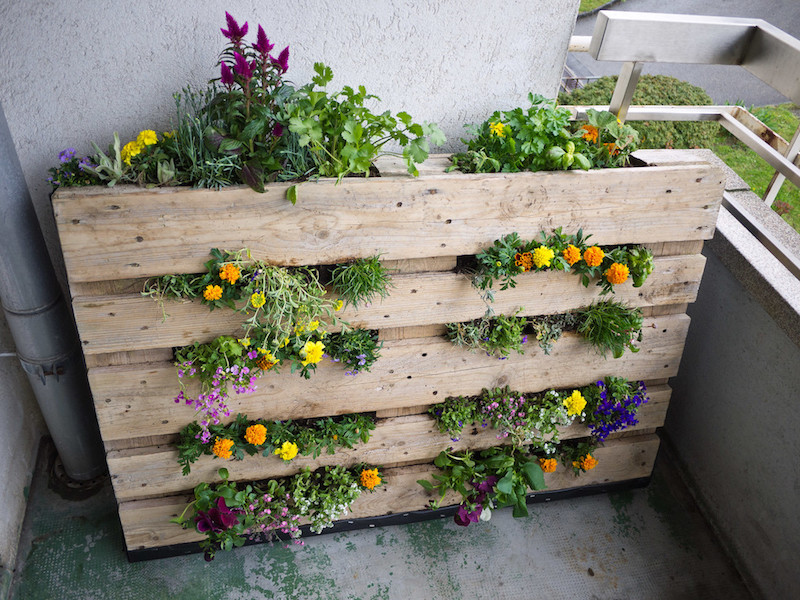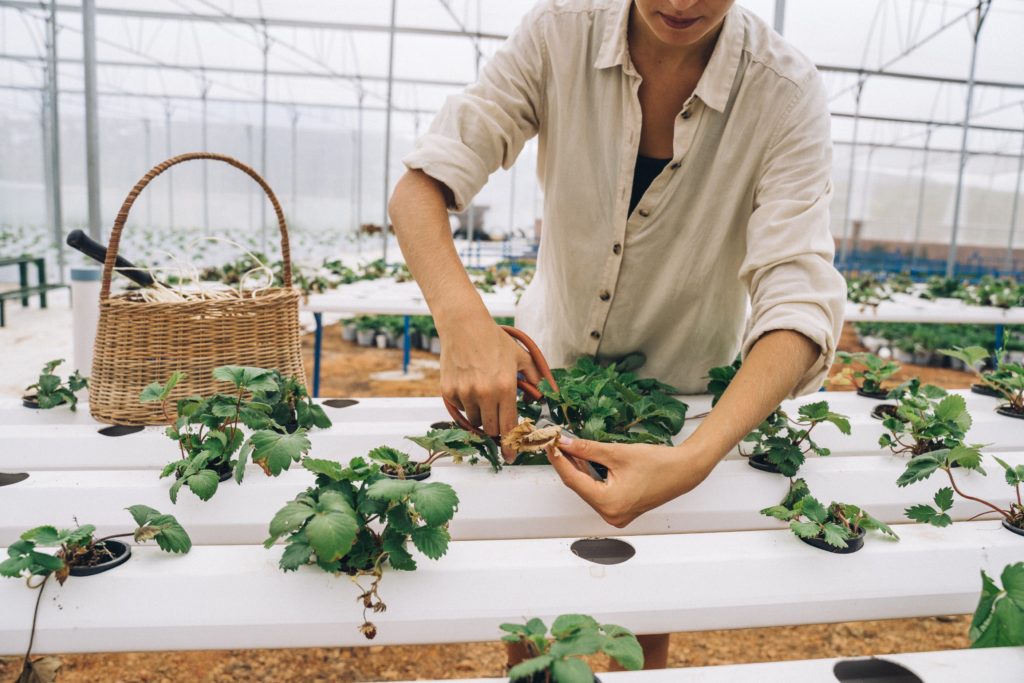With over 32.9 million TikTok views on the hashtag #verticalgarden, vertical gardens are on the rise across the globe—literally.
Practical, chic, and oh-so-trendy, vertical gardens allow you to DIY your own green space no matter the size of your house and lawn. Plant herbs, produce, flowers, and more, and create a green space that you’ll forever love.
What is a Vertical Garden?
Vertical gardening is exactly what it sounds like: planting vegetables, herbs, and perennials from top to bottom rather than horizontally on the dirt and in the ground.
While vertical gardening is nothing new (dating back to Mediterranean landscaping in 3,000 BCE), this concept is bouncing back as a way for urbanites and city dwellers to connect with nature and homegrown produce in spite of cramped spaces and lack of access to garden plots.
Beyond maximizing space, vertical gardens also prevent pests from digging up your plants and decrease the risk of diseases infecting your produce, since vertical gardens tend to dry faster and reduce risk of root rot.
For those installing vertical gardens on house siding, these plants can also help insulate and soundproof your home for a quiet, temperate haven amidst the daily hustle and bustle.
Ready to get started? Check out these five vertical garden methods and discover the one that’s best for you.
1. Trellis Method

Tried-and-true, trellises are best utilized for climbers—the plants that naturally like to grow up and around vertical surfaces like pole beans, climbing peas, sweet potatoes, tomatoes, cucumber, and squash.
According to Gardenista, a trellis is “a framework of light wooden or metal bars, chiefly used as a support for fruit trees or climbing plants.” They come in all shapes and sizes, from arches and tepees to grids, fans, and ladders.
When selecting a trellis, keep in mind that not all trellises are created equal and may not be right for each type of plant. For plants with tendrils (cucumbers, peas, squash) opt for wooden or twine-based trellises, using sturdier wood and tepee structures for heavier plants such as cucumbers and squash. Pole beans tend to shoot up high, so consider buying a longer trellis so they can climb up as much as possible.
For more information on the different types of climbing plants and best trellises for each, you can read more here.
2. The Hanging Planter Method

For those who prefer a more traditional pot planting method, save space by hanging planters to keep your ground space clean of clutter.
Mount your pots on a wall with a simple hook or string to keep your plants above ground, or upcycle old cans, baskets, and water bottles for a zero-waste approach.
Other creative solutions include utilizing hanging planters, wire and planks, and rustic-looking ladders.
3. Living Plant Wall

If you’re all about the aesthetic, a living plant wall is the vertical garden for you.
A backdrop made for any occasion, popular living plant walls can be made from succulents, moss, ferns, snake plants, ivy, and more, for a vibrant statement piece inside or outside the home.
When creating your living plant wall, make sure to keep natural light in mind and whether or not your specific plants thrive best in direct sun or shade. Living walls are best watered by irrigation, with water supplied at the top and wicked down to the bottom.
Note: Living walls often grow damp, so make sure you’re protecting your actual wall by waterproofing and treating the area you intend to install a living wall on top of before installation begins.
4. The Pallet System

For those gardening on a budget, a cheap and easy vertical garden can be created with a simple wooden pallet and landscaping fabric.
Create pockets for your plants under each pallet rung by using landscaping fabric and stapling it to the back of the pallet. Add potting soil and pot your plants, tipping the pallet first at an angle for maximum sunlight, until the plants are healthy and full.
For more tips and tricks, check out Rural Sprout’s blog to read more about their wooden pallet DIY project.
5. Hydroponic Towers

Hydroponic towers are not only reliable, but also highly productive in terms of growing better quality crops at faster growth rates.
Great for growing lettuce, spinach, broccoli, kale, and more, these hydroponic towers are easy to maintain and require little effort by circulating water and nutrients from the base through the plant pots with no dirt required.
While hydroponic towers do tend to come at a hefty price tag of $500 or more, they’re well worth it for consistently fresh produce and zero DIY experience needed.
***
Whether you’re tight on space or simply looking to create a stunning backdrop of lush greenery and plants, vertical gardening can transform your space and save your crops. Pick the method that’s best for you, and start planting for a lush and lavish vertical garden to brighten any space.
Get more like this—Sign up for our daily inspirational newsletter for exclusive content!
__
Photo: Phil via Pexels; Dương Nhân via Pexels; Magda Ehlers via Pexels; Stephanie Booth via Flickr; Anna Tarazevich via Pexels




